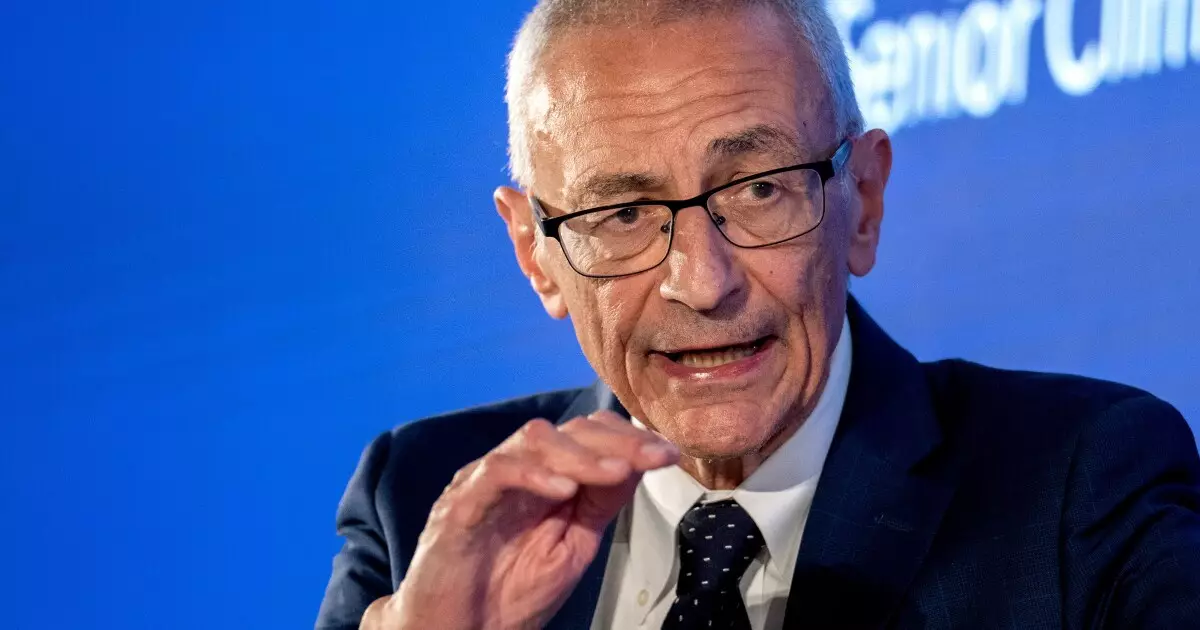Almost two years after the implementation of the Inflation Reduction Act, states have only tapped into approximately 7% of the available funding opportunities for clean energy projects. The limited uptake of funding from the Biden administration’s landmark climate legislation is primarily attributed to the fact that the utilization of tax credits, which constitute a significant portion of federal support, is still in its early stages. A report by the clean energy think tank RMI highlights these statistics, indicating that the slow progress in claiming funds is to be expected given the nascent nature of tax credit usage.
Since the passage of the Inflation Reduction Act in August 2022, federal investment in clean energy initiatives has reached an estimated $78 billion. The majority of this funding has been channeled through tax credits, with private investment surpassing federal contributions by 5-6 times. Reports from the Rhodium Group and MIT’s Center for Energy and Environmental Policy Research reveal that private investment in clean energy, inclusive of business and consumer contributions, amounted to a staggering $493 billion. This figure represents a substantial 71% increase compared to the two-year period preceding the enactment of the legislation.
California and Texas emerge as frontrunners in leveraging tax credits for clean energy projects, with both states securing significant portions of their allocated funding potential. California has claimed $13 billion, equivalent to 11% of its total capacity, while Texas has accessed $9 billion, representing 6% of its full funding potential. In contrast, Nevada has been particularly proactive in capturing 54% of its maximum tax credit allocation. These states lead the way in embracing clean energy initiatives and optimizing the resources provided by the Inflation Reduction Act.
Despite the substantial incentives available through the Inflation Reduction Act, cities and states have been relatively slow in capitalizing on the tax credits and funding opportunities. The complexity of regulations, coupled with apprehensions about federal government involvement following previous challenges with programs such as Build America Bonds, have hindered the uptake of incentives. Moreover, the delayed release of final rules for the tax credits until March further impeded progress in clean energy investments at the municipal level.
The Inflation Reduction Act has become a key point of contention between former President Donald Trump and Vice President Kamala Harris, with stark political divides shaping perspectives on clean energy funding. While the legislation faced strong opposition from Republicans, some members of the party have witnessed the positive impacts of clean energy projects in their constituencies. This bipartisan support has bolstered the longevity of the Inflation Reduction Act, ensuring its continuity amidst political debates and ideological differences.
Clean energy investment has been distributed across all 50 states in the aftermath of the Inflation Reduction Act, with varying levels of funding allocated to different regions. California, Texas, Florida, Georgia, and Arizona emerged as the top recipients of federal investment, reflecting diverse geographical distribution of clean energy initiatives. Looking ahead, projections indicate that the federal government’s investment in clean energy could exceed $1 trillion by 2030, underscoring the immense potential for economic growth and sustainability through renewable energy projects.
The Inflation Reduction Act represents a pivotal step towards accelerating clean energy investment and fostering sustainable development across the United States. While challenges persist in maximizing the utilization of available funding, the promise of job creation, economic growth, and environmental stewardship through clean energy projects remains a compelling driver for states and municipalities to capitalize on the opportunities presented by this landmark legislation.

